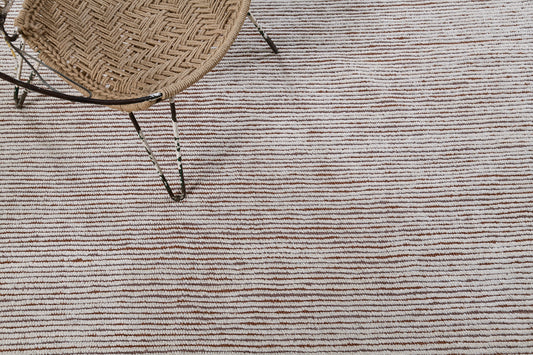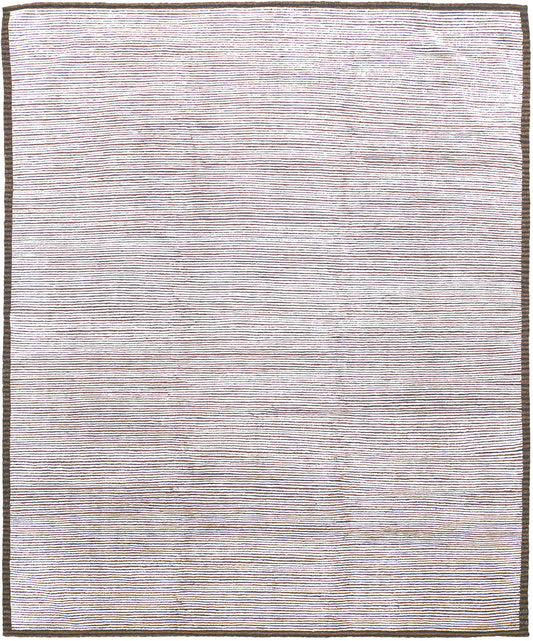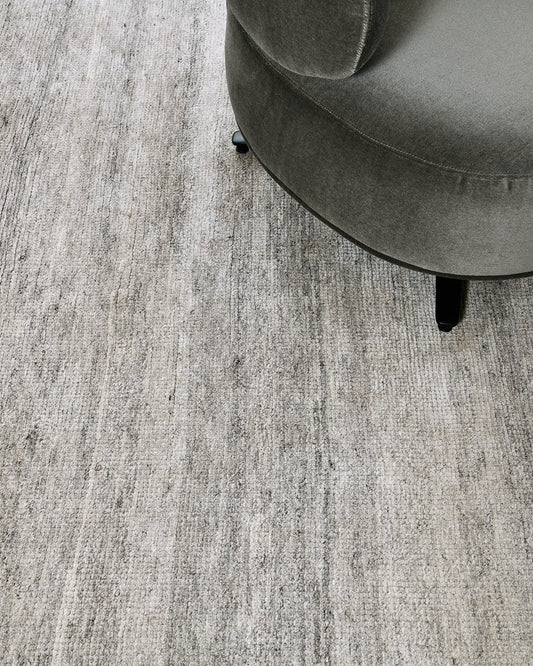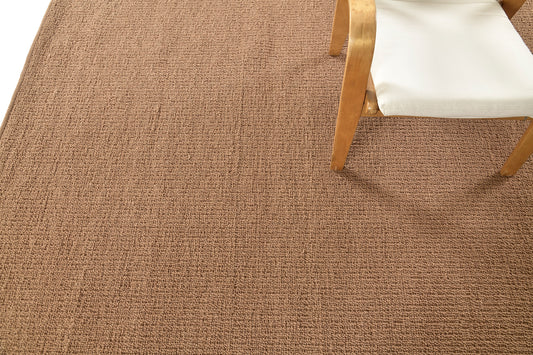-
Solid Horizontal, Estancia Collection, Mandarin Spice
Regular price $6,500.00 USDRegular price Sale price $6,500.00 USDUnit price per -
Solid Horizontal, Estancia Collection, White
Regular price $6,400.00 USDRegular price Sale price $6,400.00 USDUnit price per -
Solid Horizontal, Estancia Collection, Ivory Mustard
Regular price $6,500.00 USDRegular price Sale price $6,500.00 USDUnit price per -
Solid Horizontal, Estancia Collection, Mandarin Ivory
Regular price $6,400.00 USDRegular price Sale price $6,400.00 USDUnit price per -
Solid Horizontal, Estancia Collection, Iron Clay
Regular price $6,500.00 USDRegular price Sale price $6,500.00 USDUnit price per -
Solid Horizontal, Estancia Collection, Mocha
Regular price $6,600.00 USDRegular price Sale price $6,600.00 USDUnit price per -
Silt Pile, Loam Collection, Ivory
Regular price $6,700.00 USDRegular price Sale price $6,700.00 USDUnit price per -
Silt Pile, Loam Collection, Taupe
Regular price $6,800.00 USDRegular price Sale price $6,800.00 USDUnit price per -
Silt Pile, Loam Collection, Wheat
Regular price $6,800.00 USDRegular price Sale price $6,800.00 USDUnit price per -
Sand Pile, Loam Collection, Taupe
Regular price $7,000.00 USDRegular price Sale price $7,000.00 USDUnit price per -
Sand Pile, Loam Collection, Charcoal
Regular price $7,000.00 USDRegular price Sale price $7,000.00 USDUnit price per -
Silt Pile, Loam Collection, Beige
Regular price $6,700.00 USDRegular price Sale price $6,700.00 USDUnit price per -
Sand Pile, Loam Collection, Old Gold
Regular price $6,900.00 USDRegular price Sale price $6,900.00 USDUnit price per -
Silt Pile, Loam Collection, Gray
Regular price $6,800.00 USDRegular price Sale price $6,800.00 USDUnit price per -
Sand Pile, Loam Collection, Beige
Regular price $6,700.00 USDRegular price Sale price $6,700.00 USDUnit price per -
Silt Pile, Loam Collection, Silver
Regular price $6,700.00 USDRegular price Sale price $6,700.00 USDUnit price per -
Sand Pile, Loam Collection, Rose Gold
Regular price $6,700.00 USDRegular price Sale price $6,700.00 USDUnit price per -
Sand Pebble Flatweave, Loam Collection, Terracotta
Regular price $4,500.00 USDRegular price Sale price $4,500.00 USDUnit price per -
Sand Pebble Flatweave, Loam Collection, Old Gold
Regular price $4,500.00 USDRegular price Sale price $4,500.00 USDUnit price per -
Sand Pebble Flatweave, Loam Collection, Chestnut
Regular price $4,500.00 USDRegular price Sale price $4,500.00 USDUnit price per
Collapsible content
More About 8'x10' Rugs
The Perfect Fit: Understanding the Placement and Selection of an 8' x 10' Rug
When designing a space, an 8' x 10' rug can serve as the perfect foundation for your room's aesthetic, bringing together the elements of design while offering both function and beauty. Whether you're an interior designer or an enthusiast with a passion for creating harmonious spaces, understanding how to properly place and select a rug is crucial. This guide delves into the essentials of rug placement, color, and texture, ensuring that your 8' x 10' rug is not just an accessory but a centerpiece that enhances the overall design.
Rug Placement: Creating the Right Balance
Maintaining Space Between Rug and Wall
One of the key considerations when placing an 8' x 10' rug is ensuring that it doesn’t touch the walls. A common mistake is to have the rug extend too far, leaving no visible floor space around the edges. To avoid this, it’s essential to leave an 8-inch to 1-foot gap between the rug and the wall. This space serves multiple purposes: it frames the rug, allowing it to stand out as a design element, and creates a feeling of spaciousness in the room. The visible flooring around the rug acts like a border, emphasizing the rug's pattern or texture, and contributes to a balanced and open look in the room.
Creating Unity with Furnishings
A rug is more than just a floor covering; it's a tool to unify the various furnishings in a room. The placement of furniture on the rug should be deliberate, as it impacts the overall cohesion of the space. Ideally, furniture should either fully sit on the rug or at least overlap it with half of its structure. This guideline applies to everything from sofas and coffee tables to chairs and side tables. When the furniture is strategically placed in this manner, the rug becomes the anchor of the room, visually tying all elements together and preventing the space from feeling disjointed.
Extending the Rug Under Tables
In dining rooms or areas where tables are a focal point, it’s important that the rug extends sufficiently into the surrounding space. An 8' x 10' rug should ideally extend three feet beyond the edges of the table. This allows chairs to remain on the rug even when pulled out, ensuring both comfort and visual continuity. The extra space around the table also helps to define the dining area within an open floor plan, giving it a distinct identity while still integrating it with the rest of the room.
Rug Placement in Bedrooms
In bedrooms, the placement of an 8' x 10' rug requires special attention to create a cozy and inviting atmosphere. The rug should extend outward to match or exceed the width of the nightstands or headboard, offering a soft landing when stepping out of bed. Ideally, it should also extend three feet beyond the foot of the bed, providing ample coverage for the surrounding space. This placement not only enhances the aesthetic appeal of the bedroom but also adds a layer of comfort, making the space feel luxurious and well-thought-out.
Choosing the Right Rug: Color and Texture Considerations
Color Harmony and Contrast
When selecting an 8' x 10' rug, color is a critical factor that can dramatically influence the room's ambiance. For spaces that require a serene and cohesive look, choosing a rug that harmonizes with the existing color palette is key. This means selecting colors that either match or complement the room’s dominant hues. For example, if the room features neutral tones like creams and beiges, a rug in a similar palette will blend seamlessly, creating a soft and inviting atmosphere.
On the other hand, color contrasts can be employed to make a bold statement. A vibrant rug in a contrasting color can serve as the focal point of the room, drawing attention and adding energy. This approach works particularly well in rooms with a more neutral or monochromatic color scheme, where a pop of color can invigorate the space without overwhelming it.
When to Choose Big Patterns vs. Subtle Patterns
The choice between a big, bold pattern and a more subtle one depends on the room’s existing decor and the effect you want to achieve. Large patterns work best in rooms with minimal furniture or where the rug is meant to be the primary visual element. They can add a dynamic element to the space, making it feel more lively and engaging. However, in rooms that are already busy with decor or where you want the rug to complement rather than dominate, subtle patterns are preferable. These patterns can add depth and interest without overpowering the other elements in the room.
Solids vs. Patterns
Deciding whether to opt for a solid-colored rug or one with a pattern is another important consideration. Solid rugs offer versatility and can serve as a neutral foundation for the room, allowing other design elements, such as artwork or furniture, to take center stage. They are especially effective in rooms where you want to maintain a calm, understated vibe.
Conversely, patterned rugs can inject personality and character into a space. They are ideal for adding visual interest and can tie together various colors used in the room. Patterns can also be used strategically to either expand or contract the perceived space in a room, depending on their scale and complexity.
The Role of Texture in Interior Design
Beyond color and pattern, the texture of a rug plays a significant role in the overall design. Texture can influence the room’s tactile quality and how it feels underfoot. A plush, high-pile rug adds warmth and comfort, making it perfect for cozy living rooms or bedrooms. In contrast, a flat-weave or low-pile rug offers a more casual and relaxed feel, ideal for high-traffic areas like entryways or dining rooms.
Texture can also contribute to the room's visual interest. Mixing textures, such as pairing a soft rug with sleek, modern furniture, can create a balanced contrast that enhances the room's design. Moreover, texture can affect how a rug's color is perceived, with different materials reflecting light in unique ways, adding to the depth and complexity of the room’s design.
Conclusion
An 8' x 10' rug is more than just a decorative piece; it's a fundamental element that can unify a room's design, define spaces, and contribute to the overall ambiance. By carefully considering placement, color, pattern, and texture, you can ensure that your rug not only fits the room but also elevates it. Whether you’re aiming for harmony or contrast, subtlety or boldness, the right rug will always be the one that complements your vision and brings your design to life.











































